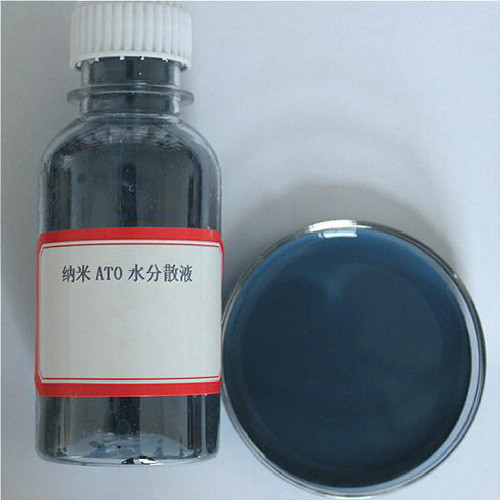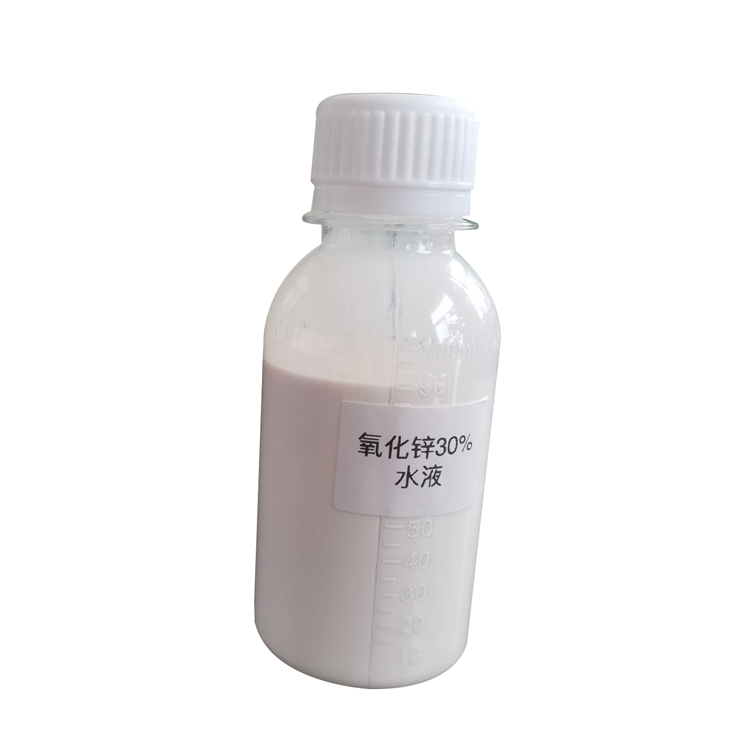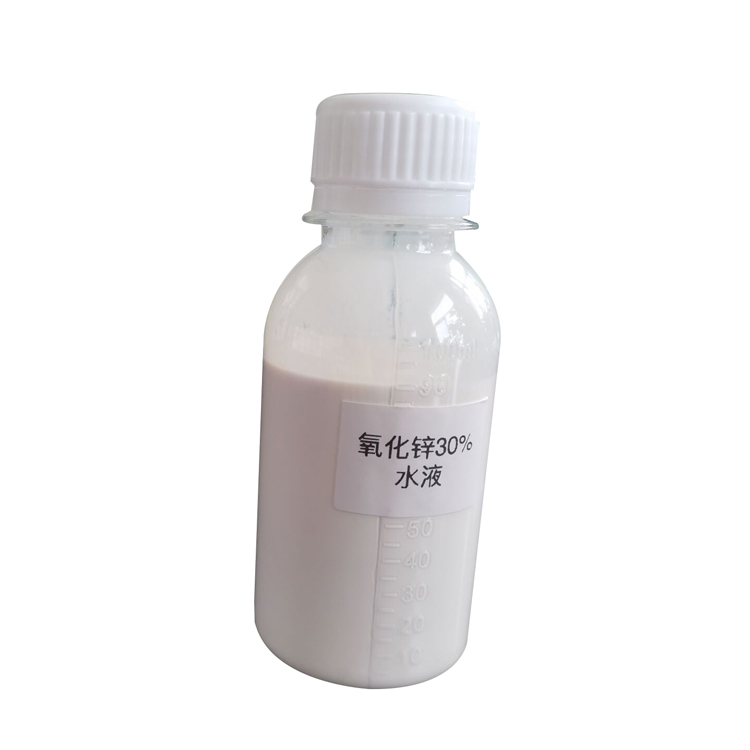Titanium dioxide is a versatile material that finds applications in multiple industries including paints, coatings, plastics, cosmetics, and pharmaceuticals, among others. However, the surface properties of titanium dioxide often limit its performance in various applications. To overcome this limitation, researchers have developed several methods for surface modification of titanium dioxide. In this article, we will explore some of the most effective methods for surface modification of titanium dioxide.
Surface Modification Methods:
Method 1: Dispersion of Titanium Dioxide in Deionized Water with Organic Modifier
The dispersion of titanium dioxide in deionized water with an organic modifier can significantly improve its surface properties. The process involves the following steps:
1. Disperse the titanium dioxide powder in deionized water with high-speed stirring to form a slurry.
2. Add the organic modifier (e.g., polydimethylsiloxane A or B, or trimethylolpropane) to the slurry using a syringe pump and uniformly spray it in the slurry.
3. Stir the slurry vigorously to ensure homogeneous mixing of the organic modifier and the titanium dioxide.
4. Dry the treated titanium dioxide powder in an electric oven and pulverize it using a laboratory jet mill to obtain a refined powder with a micron-scale particle size.
The modified titanium dioxide powder shows improved hydrophobicity and compatibility with various polymers.
Method 2: Modification with Polyethylene Glycol (PEG)
PEG is another popular modifier for surface modification of titanium dioxide. The method involves the following steps:
1. Disperse the titanium dioxide powder in deionized water to form a slurry.
2. Add PEG to the slurry and stir it vigorously.
3. Dry the treated titanium dioxide powder in an electric oven and pulverize it using a laboratory jet mill to obtain a refined powder with a micron-scale particle size.
The modified titanium dioxide powder shows improved hydrophilicity and can be easily incorporated into water-based formulations.
Method 3: Modification with other Organic Modifiers
Other organic modifiers such as alkoxysilanes, carboxylic acids, and aminosilanes can also be used for surface modification of titanium dioxide. The method involves modifying the surface of titanium dioxide by chemical reaction between the modifier and the surface functional group of titanium dioxide. The modified titanium dioxide displays improved compatibility with different polymers and other materials.
SAT NANO: Our company SAT NANO specializes in providing high-quality nano titanium dioxide powders in particle sizes of 30 and 50 nanometers. We source our raw materials from trusted suppliers and use state-of-the-art technologies to manufacture our products. Our products are widely used in various industries such as coatings, paints, plastics, and cosmetics, among others.
Conclusion: Surface modification is a powerful method to improve the surface properties of titanium dioxide and enhance its performance in various applications. The methods discussed in this article are just a few examples, and there are many other ways to modify the surface of titanium dioxide. Researchers continue to explore new methods to improve the properties of titanium dioxide, making it an even more versatile material in the future.

























